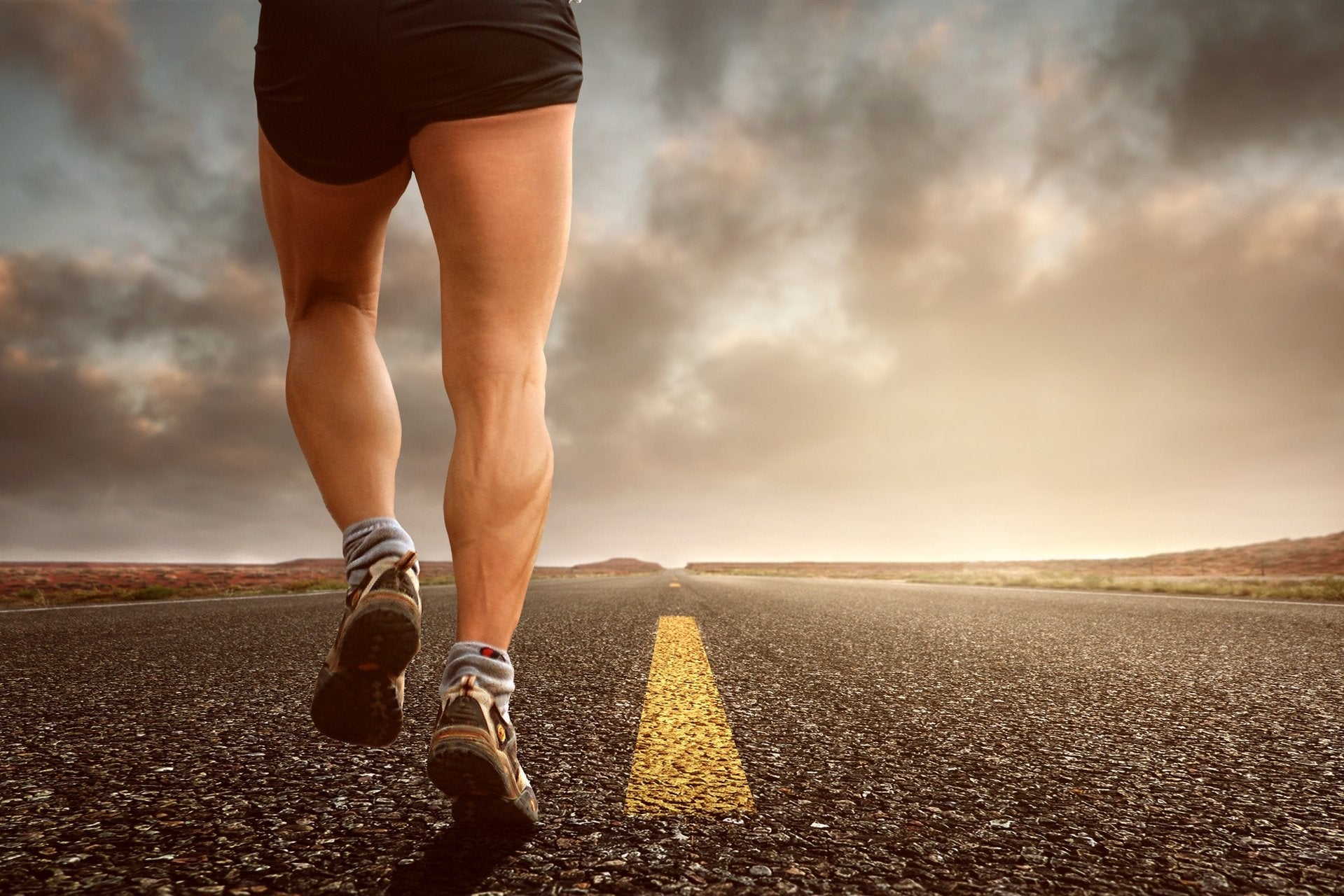Chafed Legs: How to Treat Them and Prevent Recurrence
There are millions of people that enjoy running and jogging in the United States, and even though this is a wonderful way to get a workout in, it can be difficult if you have skin that rubs together. It may even get to the point where you don't feel like you can run comfortably at all.
Are you someone that seems to constantly have chafed legs? Whether you're a runner, swimmer, hiker, or biker, it's likely that you've experienced chafing at some point and know how irritating it can be.
If you're exercising in humid weather, this problem can be especially annoying because it might feel ten times worse! Does this sound familiar?
Keep reading below to learn more about why your legs chafe, how you can treat it, and what you should do to prevent it from happening ever again.
Why Do Legs Chafe?
If you've experienced chafed legs, you likely realize how uncomfortable and even painful it can be. Knowing the reasons that chafing happens in the first place is the best way to figure out how to treat chafed legs and how to prevent chafed legs in the future.
For some people, it's as simple as getting sweaty. When you're running or doing any type of exercise that makes you sweat, your legs will get moist. As they rub together, friction is created, and this is what causes the chafing effect you know so well.
Even if you're not sweaty, the friction from your legs rubbing together as you move around can still cause chafing. Using some type of lubricant, such as a natural anti chafing slave, will help you avoid chafing or blisters when applied before you start your activity.
If your clothes don't fit correctly or are made of materials that aren't designed for exercise, this can also cause chafing. As you sweat and the fabric gets wet, it will lead to uncomfortable rubbing.
Lastly, if you haven't been drinking enough water, you will have more salt in your sweat as you start to exercise. The sweat alone will cause chafing if you don't be proactive with a salve beforehand, but the extra salt will add insult to injury (literally) and make the chafing much worse.
Treating Your Chafed Legs
It's important to note that you shouldn't just avoid skin chafing in hopes that it will get better on its own. Although this is possible, it may also get much worse and even end up becoming infected.
The best way to handle chafed legs is to gently clean the area first once you notice the chafing. You can use water to do this, but be sure that you dry the area off very gently when you're done.
After this, you should use petroleum jelly or a similar substance to give the area a little bit more moisture. If you're finding that it's too painful for you to do this on your own, it's a good idea to get in touch with your doctor. You may need a medicated ointment to help with the swelling, blistering, or bleeding, and they will want to look at the area to ensure it is not more serious than you think.
Besides this, try to avoid any type of activity that is going to make the chafing worse. You need to give your skin plenty of time to heal before you start up with your regular level of activity once again.
Chafed Legs Prevention for Future Comfort
As we mentioned previously, using a salve or balm designed to prevent chafing is a great place to start because it gives your skin moisture, protects from friction, and will provide a buffer between your skin's sweat and the skin on the other legs.
If you're a regular runner or someone that gets chafing often, it's a wise decision to invest in something like this to make sure that you don't have similar issues in the future.
However, there are some alternative measures that you can try if you're looking for some other ideas to prevent chafing.
For instance, instead of choosing cotton clothing for your workout, be sure to find a moisture-wicking material that will help with controlling your sweat and make it easier for the fabric to dry. You also want to think about how the clothing is cut; think about choosing clothing that is seamless or prevents the skin from touching on areas that cause problems with chafing.
Consider the type of activity you're doing as well. You may need clothing with a looser fit that allows for more airflow if you're doing yoga, but you may want clothing that fits more closely to the body if you're running or hiking.
Experiment with some of these ideas to figure out which one works best for you. A combination of a few of these tips may help you prevent chafing and keep your skin healthy.
Stop Chafing Before It Begins
If you're dealing with chafed legs, know that it's a common issue that plenty of athletes and non-athletes experience. Luckily, there are some easy remedies to help solve the issue and get you back in the swing of things without any pain, discomfort, swelling, or redness.
The best way to handle chafed skin is to prevent it. Pay attention to the clothing you're wearing, drink plenty of water, and try out some products designed to combat chafing to give your skin a fighting chance.
Don't let chafing run your life! Instead, run chafing off the track with one of our Anti chafing products today.

